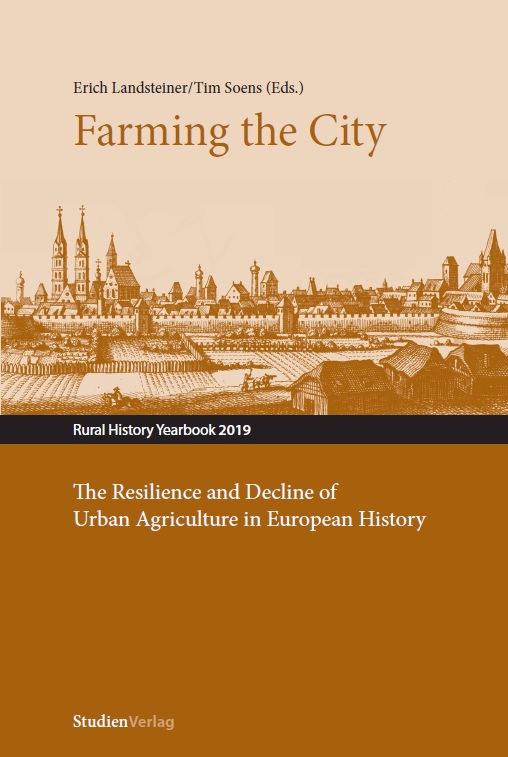“... a great hurt to many, and of advantage to very few”
Urban Common Lands, Civic Government, and the Problem of Resource Management in English Towns, 1500–1840
DOI:
https://doi.org/10.25365/rhy-2019-4Schlagworte:
economic institutions, Common Pool Resource entitlement, Elinor Ostrom, urban agriculture, common lands, urban governmentAbstract
This article will consider the relationship between the agrarian use-rights and political governance of urban common lands in English towns, in the period c. 1500–1840, and assess how far these common rights correspond to Elinor Ostrom’s model of “Common Pool Resource” (CPR) management. It will review the most frequent varieties of common land and common rights held by the residents of English towns and argue that systems of commons management in English towns were always connected closely to urban political structures. Freemen, who were commons users in one context, were urban electors, defenders of corporate monopolies, or rent-seekers in other contexts. The governance, and the very survival, of urban commons could be affected by these additional imperatives. The defence of common rights often involved the assertion of a minority privilege, even if this was usually expressed in terms of a collective, or universal, civic right. Ironically, this defence was undermined fatally by the expansion of parliamentary and corporate electorates in the 1830s. When civic politics began to take account of the interests of a wider middle-class majority, the access privileges of borough freemen were swiftly abolished. These features mean that the longevity and eventual abolition of English urban commons conforms more closely to research by Sheilagh Ogilvie and Maïka De Keyzer about the “distributional effects” of unequal power relationships and external influences on economic institutions than to Ostrom’s assumption that the survival of CPR management structures was determined ultimately by their economic efficiency.


